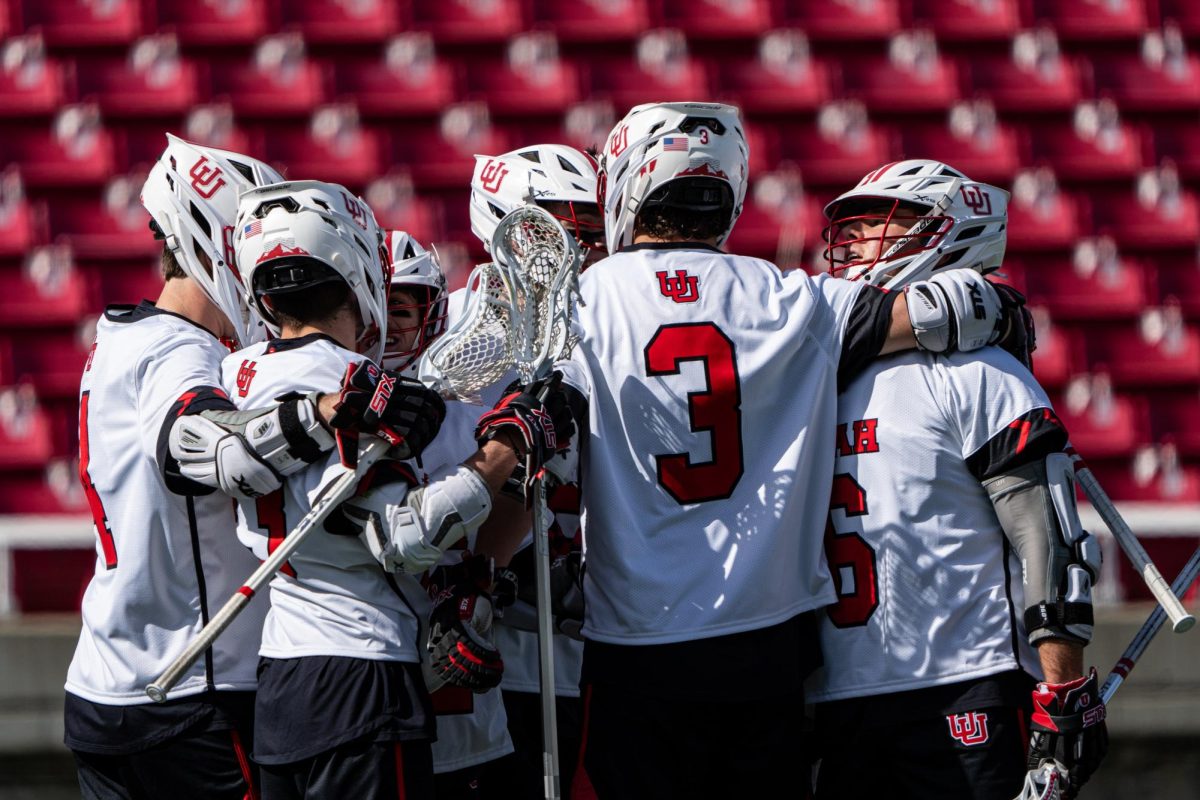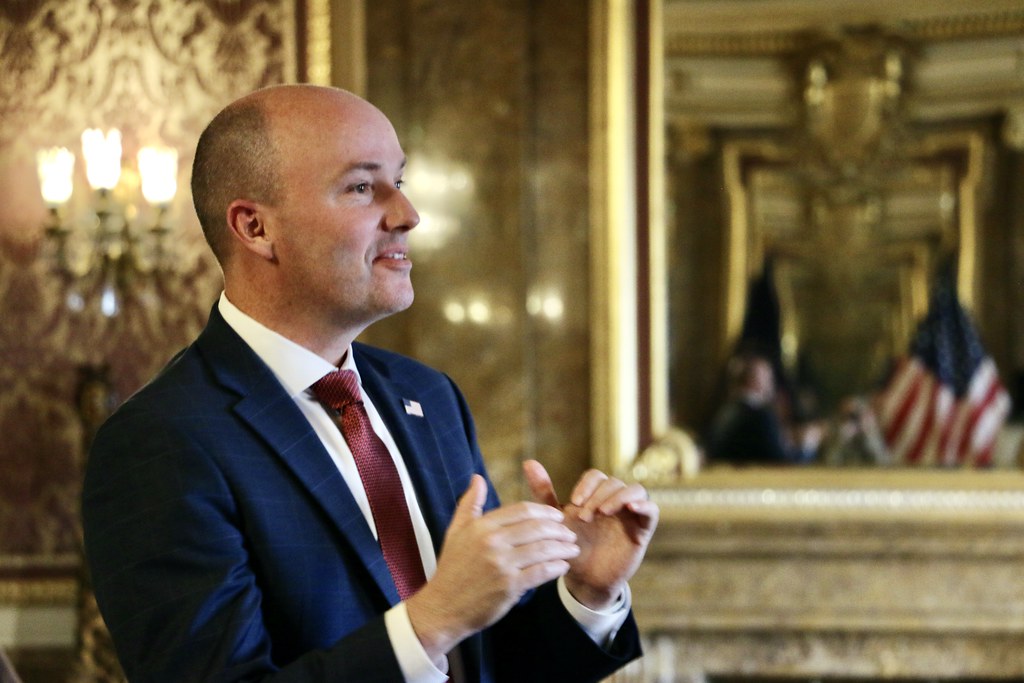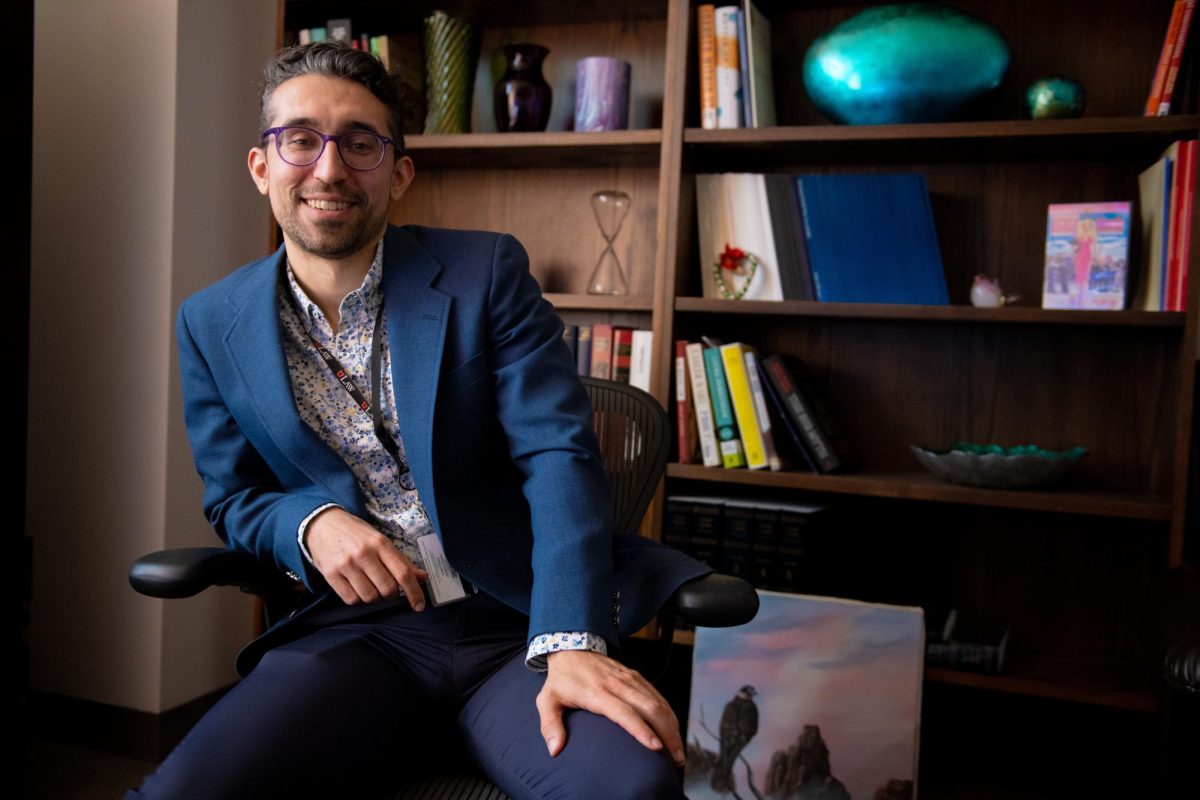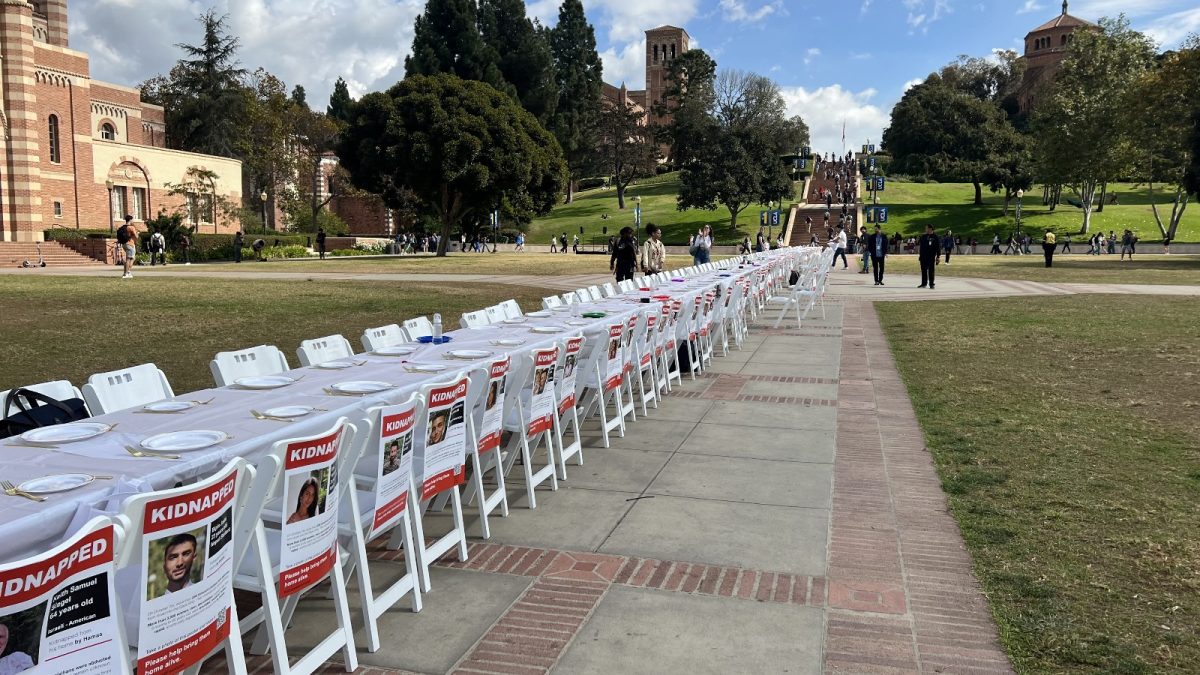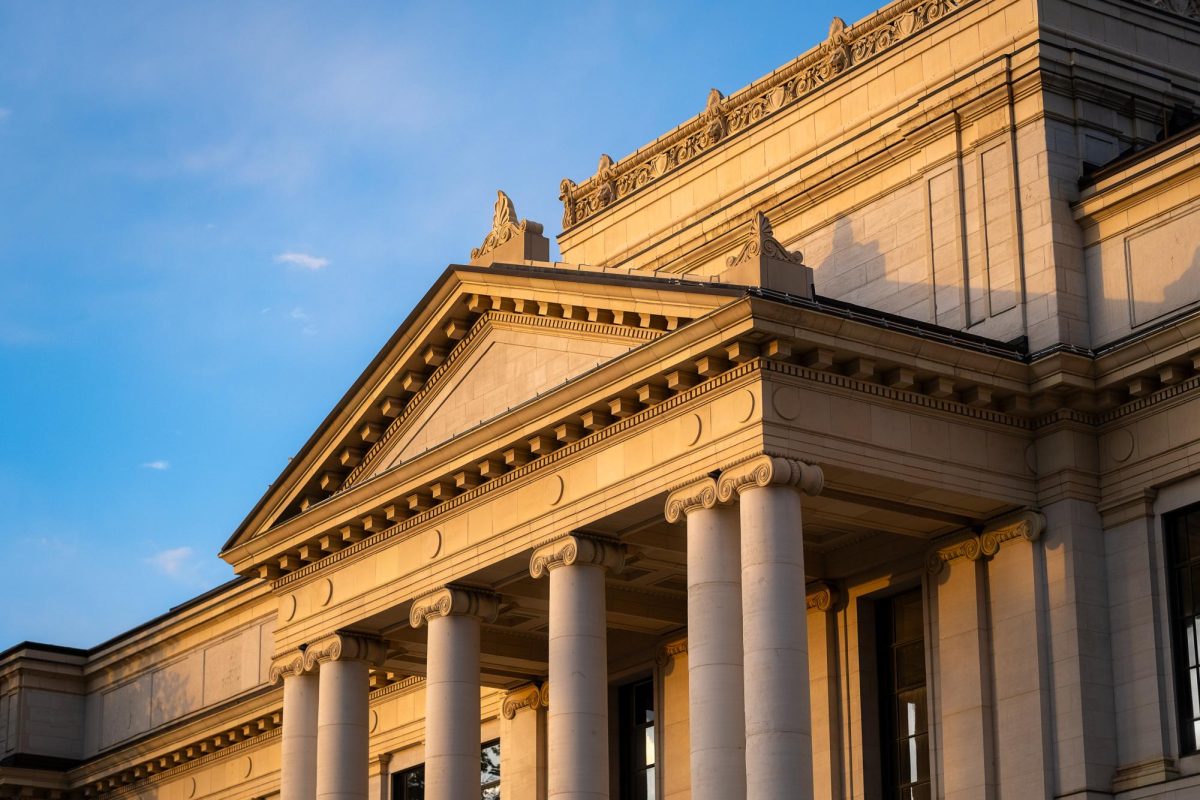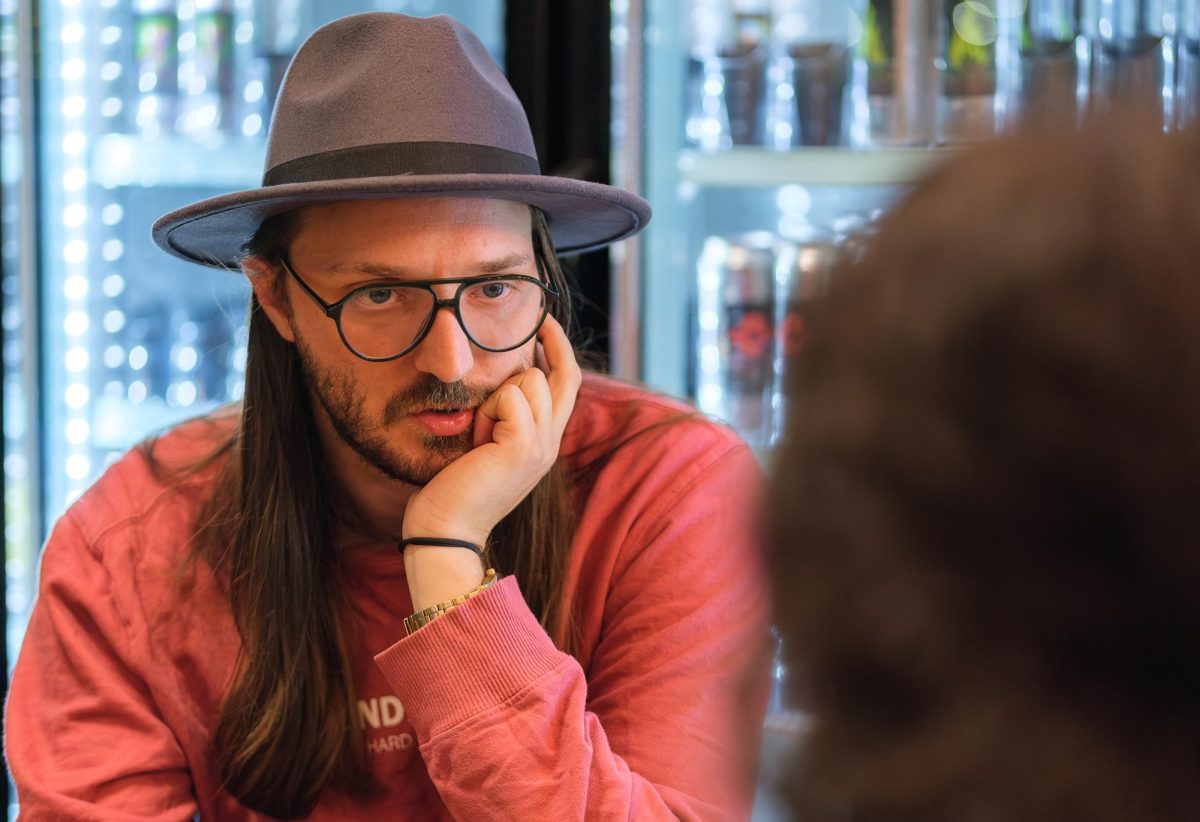Of the 175 native languages spoken in North America, only 20 are currently being taught to children.
More languages are nearing extinction now than ever before, according to the U’s Center for American Indian Languages, and the center is striving to change that fact.
The U’s Center for American Indian Languages is an organization composed of linguists whose goal is to maintain and revitalize the native languages of the indigenous peoples of North and South America.
Projects focus on the documentation and preservation of endangered languages and community revitalization programs for groups who request the center’s help.
Lyle Campbell, professor of linguistics and director of the center, helped specifically with the documentation of one of the native languages in El Salvador. “There was one native Linka speaker, and I worked with him (to preserve the language) up to his death,” Campbell said.
Information that has been passed down about natural medicines and wildlife often disappears when native speakers pass away, so many projects focus on preserving those lesser-known languages.
One current project at the center involves Mauricio Mixco and Marianna DiPaolo, who currently work on preserving and enhancing the availability of Goshute and Shoshoni materials.
Wilson Silva, a doctorate student, created the Amazonian Language Research and Documentation Group.
He and other graduate students are working to provide literary resources in the form of stories, specifically for the language of Ticuna, spoken in the Amazonian state in Brazil.
Silva became interested in endangered languages as an undergraduate in Brazil. He worked with the Sater-Maw language group and later with Ticuna.
“When I was first exposed to the indigenous languages of Brazil, I was amazed at their exoticness,” he said.
Silva also said the importance of preserving such unique languages is huge. “(Language) shows us different ways of seeing the world,” he said.
According to the center, increasing awareness of the important information contained in language can help linguistic diversity to cease being seen as a hindrance and become celebrated for the insights it gives into the means and methods of human expression.
For more information on the center, visit its Web site at www.cail.utah.edu/.






